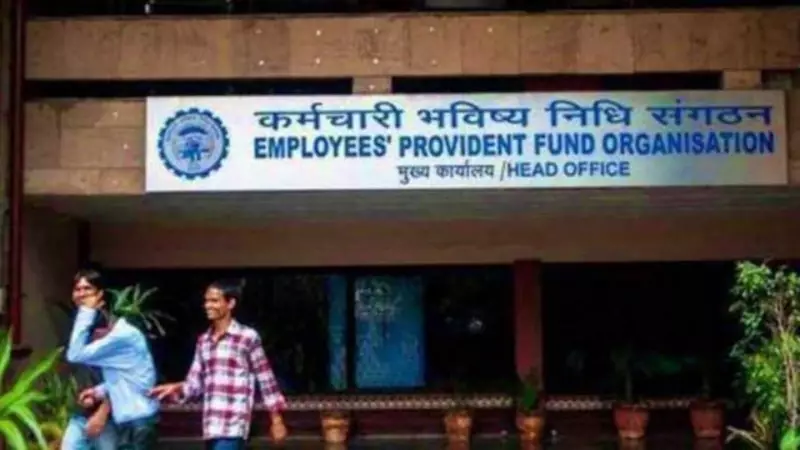
The Employees' Provident Fund Organisation (EPFO), India's massive retirement fund manager, finds itself at a critical crossroads. In its well-intentioned effort to provide both security and flexibility to over 60 million subscribers, the organization may be inadvertently creating a system that delivers neither effectively.
The Balancing Act Gone Wrong?
Recent proposals and ongoing discussions within EPFO reveal an organization struggling to reconcile two fundamentally opposing goals. On one hand, there's the pressing need to protect workers' retirement savings from being depleted prematurely. On the other, there's growing pressure to allow easier access to these funds during genuine financial emergencies.
The core dilemma is stark: make withdrawals too difficult, and subscribers might resort to desperate measures or lose faith in the system. Make them too easy, and the very purpose of long-term retirement security is defeated.
The Digital Dilemma
While EPFO has made significant strides in digitizing its processes, the system remains fraught with challenges. Subscribers often find themselves navigating a maze of:
- Complex online verification processes
- Unclear eligibility criteria for different withdrawal types
- Frequent technical glitches in the unified portal
- Inconsistent implementation across different regions
This digital transformation, while necessary, has created new layers of complexity that sometimes make the process more cumbersome than the paper-based system it replaced.
The Human Cost of Bureaucratic Complexity
For millions of Indian workers, particularly those in the informal sector or with limited digital literacy, the current system presents significant hurdles. The very people who need prompt access to their funds during emergencies often face the greatest challenges in navigating the withdrawal process.
Consider the migrant worker who needs immediate funds for a medical emergency back home, or the factory employee facing unexpected job loss. For them, lengthy processing times and bureaucratic hurdles can mean the difference between stability and crisis.
Finding the Middle Ground
What EPFO needs is not just technological upgrades, but a fundamental rethinking of its approach. Potential solutions could include:
- Tiered withdrawal systems based on the urgency and purpose of the request
- Simplified emergency access protocols for genuine hardship cases
- Better financial literacy programs to help subscribers make informed decisions
- Streamlined verification processes that balance security with accessibility
The Road Ahead
As India's workforce continues to evolve with more gig workers, contract employees, and mobile professionals, EPFO's challenge will only intensify. The organization must develop a more nuanced understanding of different subscriber needs rather than applying one-size-fits-all solutions.
The ultimate test will be whether EPFO can transform from a traditional bureaucratic institution into a responsive, subscriber-friendly organization that truly understands the changing nature of work and workers' needs in modern India.
Without such transformation, the EPFO risks becoming irrelevant to younger generations of workers who might seek alternative savings mechanisms that offer both security and the flexibility that contemporary life demands.





